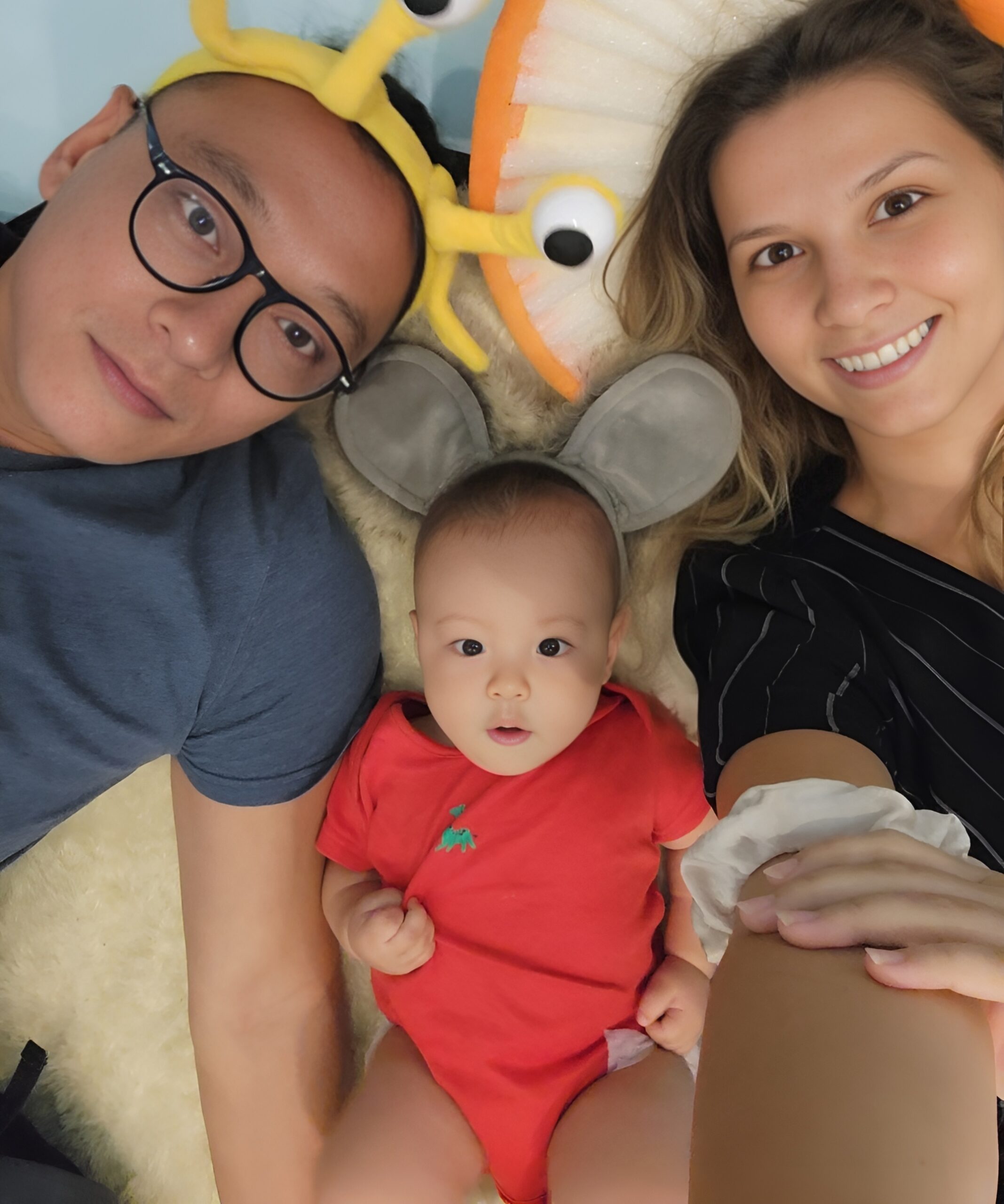Most educators today have encountered—or are at least aware of—VARK, a learning theory introduced by Neil Fleming in 1987. VARK proposes that students learn most effectively through one of four primary styles: visual (V), auditory (A), read/write (R), or kinesthetic (K). This widely recognized framework has shaped the belief that tailoring instruction to a student’s preferred learning style can enhance their academic performance. Latest research shows that all learners benefit from a combination of all 4 styles. When the same piece of information is experienced by a combination of the senses, the information gets embedded into long-term memory much faster.
Traditional teaching methods often struggle to keep up with the latest research in neuroscience, the ever-growing influence of technology, and the deeply human aspect of intuition. Patricia Vlad, founder of LevelUp, education advisor at eduKiwi School, and an expert in education and emotional intelligence, believes that integrating these three elements- neuroscience, technology, and intuition – can reshape learning in ways that truly benefit students.
Patricia’s work is grounded in a profound understanding of how children learn best. We need to recognize that the brain is not a machine that just absorbs information, it’s an adaptive system shaped by emotions, experiences, and interactions.
For years, her approach to education has focused on leveraging neuroscience-backed strategies, using technology as a supportive tool, and fostering an intuitive understanding of each learner’s unique needs.
LevelUp’s Big Five personality framework breaks personality into five key traits: Openness, Conscientiousness, Extraversion, Agreeableness, and Neuroticism (Emotional Stability). Unlike rigid personality types, it views traits as a spectrum, allowing for growth and change over time.
Understanding these traits helps educators and parents work with a child’s natural tendencies rather than against them. A structured learner may thrive in organized settings, while a creative thinker might need more flexibility. Emotional sensitivity, often seen as a challenge, can actually be a strength when supported correctly.
Tools like LevelUp make the Big Five more accessible, using empowering language to encourage growth. Instead of labeling traits as “good” or “bad,” it highlights how each can be nurtured, helping children build self-awareness and confidence in their own unique way.
The Challenges in Today’s Learning Environment
One of the biggest gaps in modern education is the disconnect between what we know about the brain and how we teach. Research has shown that emotional regulation, motivation, and personalized learning experiences all play crucial roles in knowledge retention and skill development. Yet, many education systems continue to prioritize rote memorization and standardized testing, often at the expense of fostering creativity, competitive collaboration (rather than isolated individualised competition), emotional intelligence, and critical thinking.
Additionally, while technology has revolutionized many aspects of education, it is often applied in ways that are not always beneficial. Simply digitizing traditional learning methods does not automatically improve outcomes. Without a well-structured integration of technology that aligns with neuroscience and the natural ways children absorb information, the benefits remain limited. Often they lead to negative addictive behaviours that prevail in the technological realm for children and adults alike, instead of promoting self-regulation.
Another challenge is the underestimation of intuition in learning. Intuition—the ability to recognize patterns, make connections, and trust one’s internal sense of understanding—is often dismissed as something unscientific. However, research in neuroscience suggests that intuition is closely linked to experience and subconscious processing, making it a valuable tool in education when properly nurtured.

Patricia Vlad’s Approach to Bridging the Gaps
Patricia’s work revolves around bringing together these three components—neuroscience, technology, and intuition—to create a more holistic learning experience.
Applying Neuroscience to Education
It’s no surprise that students need sleep to retain what they’ve learned—any teacher can tell you that the most sleep-deprived kids often struggle to stay focused and perform at their best. But science backs this up, too.
Research shows that sleep is essential for helping the brain make connections, especially when it comes to processing new information.
During sleep, the brain produces brain-derived neurotrophic factor (BDNF), a key molecule that strengthens neural pathways and essentially “glues” new learning together. The result? Better cognitive function, improved focus, and stronger memory—especially in young students who are still developing these skills.
By understanding how the brain processes information, educators can create learning environments that work with, rather than against, natural cognitive functions. The way we approach learning must align with how the brain actually works.
For example, Vlad highlights the importance of emotional regulation in learning. “When a child is overwhelmed by stress, their ability to learn diminishes significantly. Techniques such as mindfulness, cognitive reframing, and fostering a growth mindset can help students manage stress and engage in deeper learning.
Leveraging Technology to Enhance Learning
With technology in the classroom, students now have the flexibility to engage with material in ways that suit them best. Digital tools create dynamic learning environments where multiple teaching methods can be used at the same time. By incorporating multimedia—like videos, interactive exercises, and text-based resources – teachers can cater to all types of learners in a single lesson. This blended approach doesn’t just make learning more accessible; it also gives educators new opportunities to experiment with teaching strategies and keep students engaged.
Rather than seeing technology as a replacement for traditional education, Patricia envisions it as a powerful tool for personalizing learning experiences. She believes that technology should be used to adapt to the needs of individual students and different student groups, providing flexibility in pacing, content delivery, and engagement.
However, she also warns against over-reliance on digital solutions. Technology is only effective if it is purposefully designed to support learning and encourage collaboration, rather than self-isolation. Instead of simply adding more screens to classrooms, educators should use data-driven insights to identify where students need support and create interactive, meaningful experiences that cater to different learning styles.
Encouraging Intuition as a Learning Tool
While structured education is essential, intuition plays an important role in problem-solving and decision-making. Vlad explains that intuition is not guesswork; rather, it’s identifying patterns that the brain has already processed at a subconscious level. “If we teach children to tune into their instincts and make connections based on prior experiences and their unique “inner knowing”, we empower them to become more independent and confident learners.”
She also emphasizes the role of educators and parents in nurturing this skill. “A child’s ability to trust their own learning process is heavily influenced by the environment around them. Encouraging exploration, reflection, and discussion helps children develop the confidence to make decisions based on both logic and intuition.”
Patricia’s approach is a call for balance. Neuroscience provides the scientific foundation for how we learn, technology offers tools to enhance accessibility and engagement, and intuition ensures that learning remains personal and meaningful. By integrating these three elements, education can move beyond outdated models and create experiences that truly support cognitive and emotional development.







